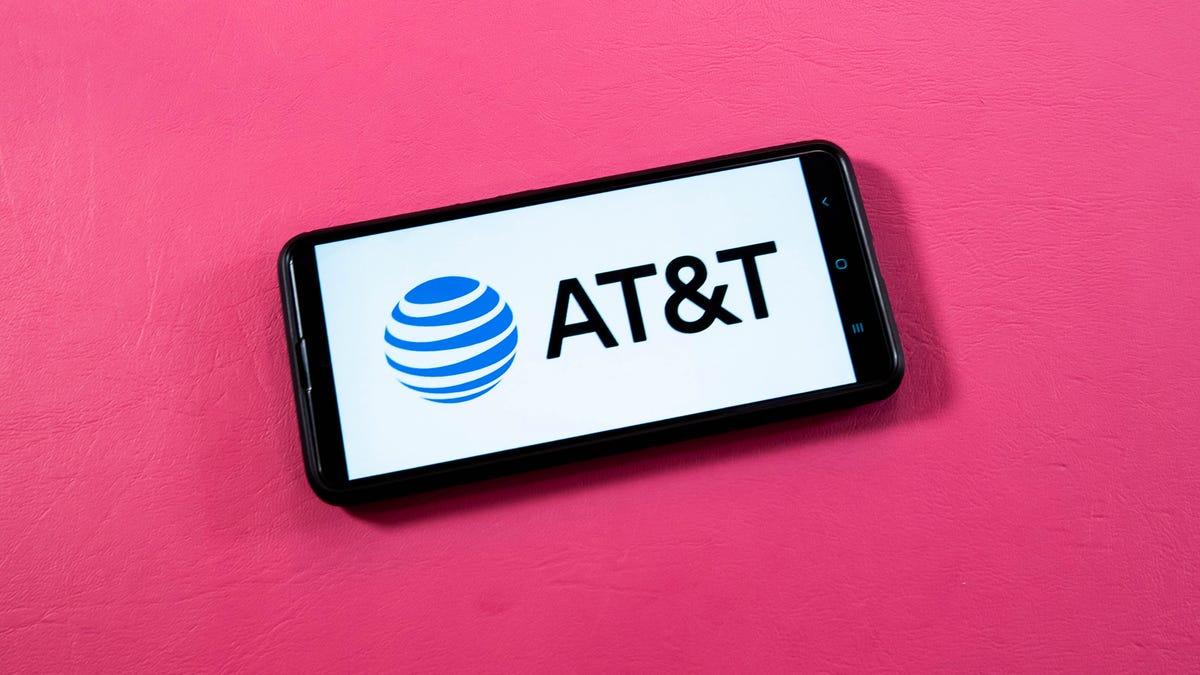AT&T Expands 5G Network as It Gains Wireless, Fiber Subscribers
The nation's third-largest carrier says it's ahead of schedule building out its 5G footprint as it reports its second-quarter earnings.

AT&T gained customers in the second quarter as the telecommunications giant worked to upgrade its network to better compete with Verizon and T-Mobile.
The Dallas-based company revealed Thursday with its second-quarter earnings that it has already covered 70 million people with its C-band flavor of 5G. The company previously said that it planned to cover 70 million to 75 million people with midband spectrum, which it spent $27 billion acquiring last year, by the end of 2022 but it moved off that target earlier this year. Instead, it said in January that it planned to cover 200 million people with its various midband spectrum positions by the end of 2023.
In addition to the C-band purchase, AT&T shelled out more than $9 billion to acquire additional 3.45GHz midband spectrum in a recent FCC auction. That adds to its increasing cache of midband radio airwaves, which is coveted for its mix of wider coverage and higher speeds. Both bands can work together and are marketed by the carrier as "5G Plus."
On Thursday AT&T said it is six months ahead of schedule on midband 5G deployment and now expects to cover nearly 100 million people by the end of the year with this flavor.
The carrier is hoping that the upgrades to its network will continue to keep customers tied to its services. During the second quarter, it said that it added 813,000 net postpaid subscribers. Postpaid users, or those who pay their phone bill at the end of the month, are a metric used by the industry as an indicator of a wireless carrier's success.
Those joining AT&T, or existing users upgrading lines, seem to be opting for pricier phones when they sign up. The telecom giant said that equipment revenues in its mobile unit were $4.9 billion for the quarter, up 7.2% year over year and "driven by increased sales of higher priced smartphones."
Pricier phones continue to be a strong incentive for the carrier as most of its deals on phones like the iPhone 13 or Galaxy S22 require a customer to commit to a 36-month installment plan and sign up for an unlimited plan to get the discount on a device.
Inflation, however still remains a concern. In May the carrier hiked prices for older plans, citing inflation as the reason. Executives on its earnings call continued to note worries about inflation, which in June hit 9.1%, and the company has lowered its outlook for free cash flow for the year.
The company has seen some customers defer bill payments, but chief operating officer Jeff McElfresh told CNET that those delays are one- or two-day extensions relative to how quickly people were paying their bills last year.
"Those payments are still within the payment terms," he said, "so it's not late payments, it's just extended days of bills outstanding by a small amount" of people. McElfresh added that this level of delays still "does not exceed what we operated at pre-pandemic."
On the broadband front, AT&T Fiber added 316,000 subscribers. The carrier added 289,000 subscribers last quarter and touts that this is the 10th straight quarter adding more than 200,000 net subscribers. As with its efforts on 5G, the carrier has been working to improve its fiber network and has begun upgrading its network to offer multigigabit connections.
Read more: Fiber Versus 5G: Why the Wired Connection Still Reigns
AT&T posted $29.6 billion in revenue in the second quarter, beating the $29.56 billion expected by analysts as polled by Yahoo Finance. Its adjusted earnings were 65 cents per share, which also was ahead of Wall Street's expectations of 61 cents per share.

